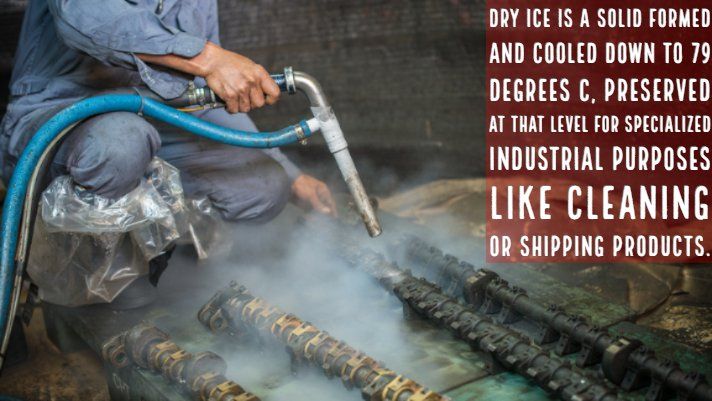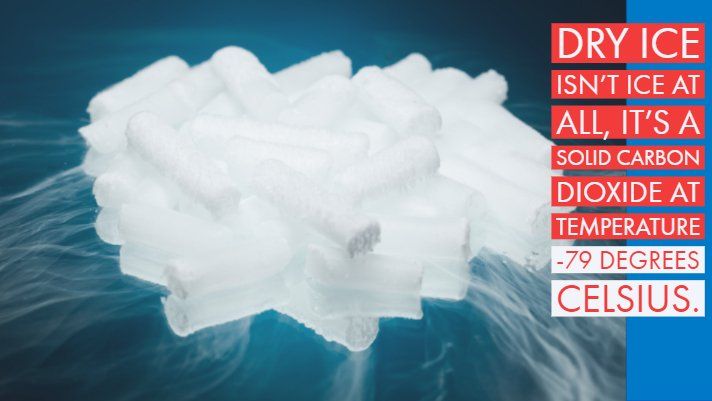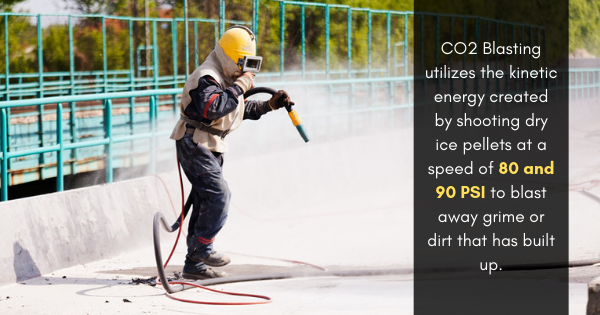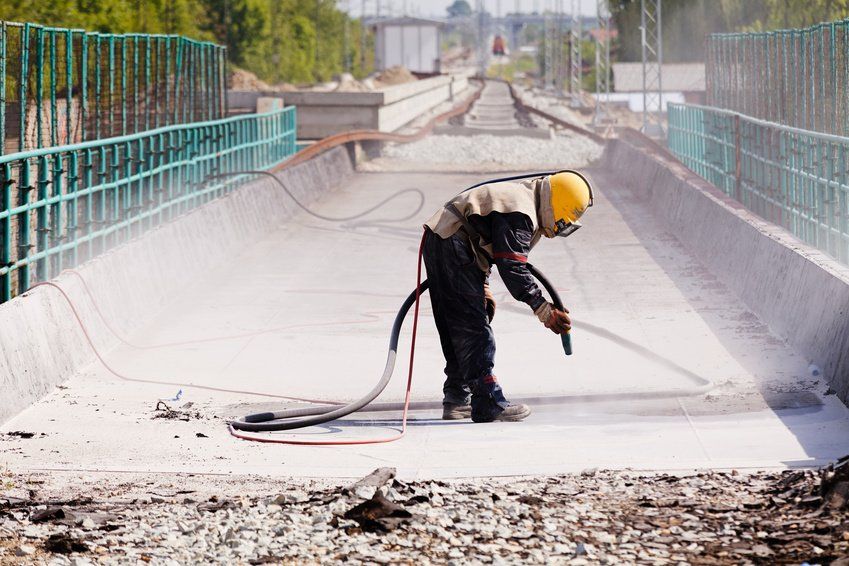The Risks Of Solid CO2: How To Properly Handle Dry Ice

Most everybody is aware of dry ice as a concept: they know it's used to create fake fog in spooky environments, to make quick-fix ice cream at home, and even has industrial cleaning properties when utilized as dry ice blasting. Beyond that, people simply know that the material is very cold -- cold enough to burn skin if exposed for long enough.
That last one is precisely why proper safety measures -- particularly when it comes to dry ice cleaning -- is so important. Let's take a closer look at the chemical components of dry ice and how to ensure personal safety is protected during its use.
CO2 Science
Dry ice is the solidified form of carbon dioxide. Freezing a gas takes extremely cold temperatures, hence the risk of intense burns; carbon dioxide needs to be brought down to -79 degrees Celsius (around -110 Fahrenheit) in order to become dry ice. The 'fog' that we so frequently see is actually the dry ice sublimating as it turns immediately from a solid into a gas. This is one of the aspects that makes dry ice blasting so beneficial in food and medical industries: it can quickly and easily destroy grime and buildup without leaving a trace of anything behind -- it simply sublimates into the air.
Safety Over Science
While the properties of dry ice (and its uses) are exceptionally interesting, safety always comes first. Here are the two main safety concerns regarding the handling and use of dry ice.
- Temperature: At -79 degrees Celsius, it won't take very long at all to burn skin. Protective clothing must always be worn when maneuvering blocks of dry ice. In the event you do get burned, treat the wound like you would a normal heat-related burn.
- Ventilation: Though carbon dioxide is generally harmless, it can incapacitate and cause unconsciousness in individuals if they're exposed for too long. It is 40% heavier than the air we breathe, so if your work environment isn't properly ventilated, carbon dioxide can actually change atmospheric conditions negatively. If you notice yourself starting to pant or developing a headache, leave the area as soon as possible.
If you're knowledgeable and smart about the decisions you make regarding dry ice use, you'll have nothing to worry about.










